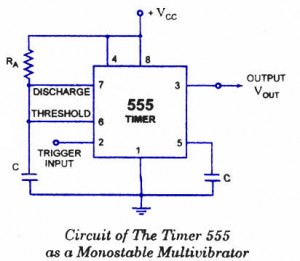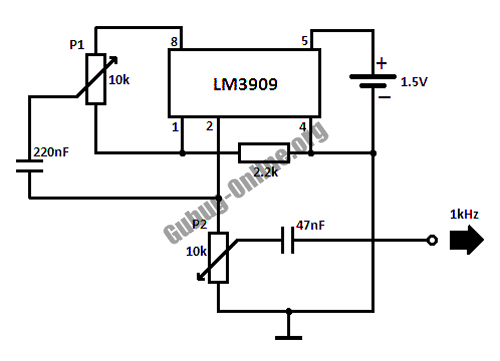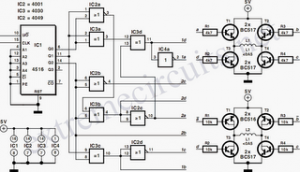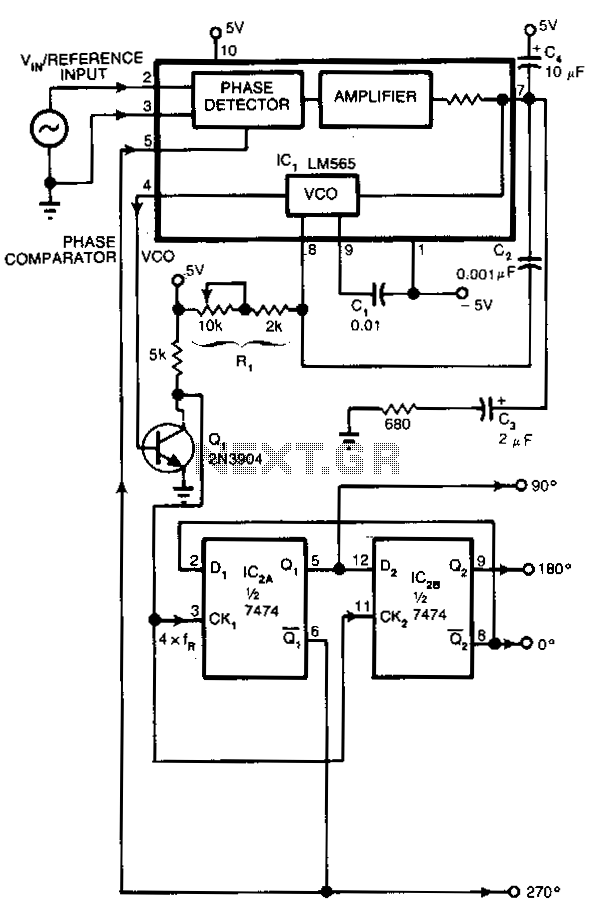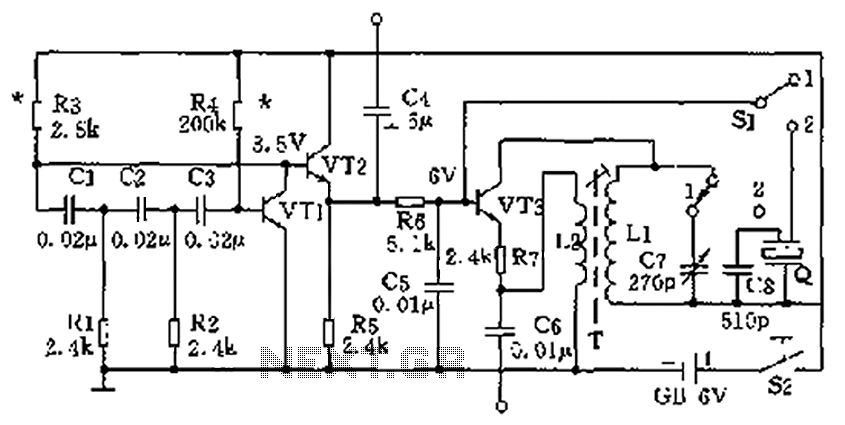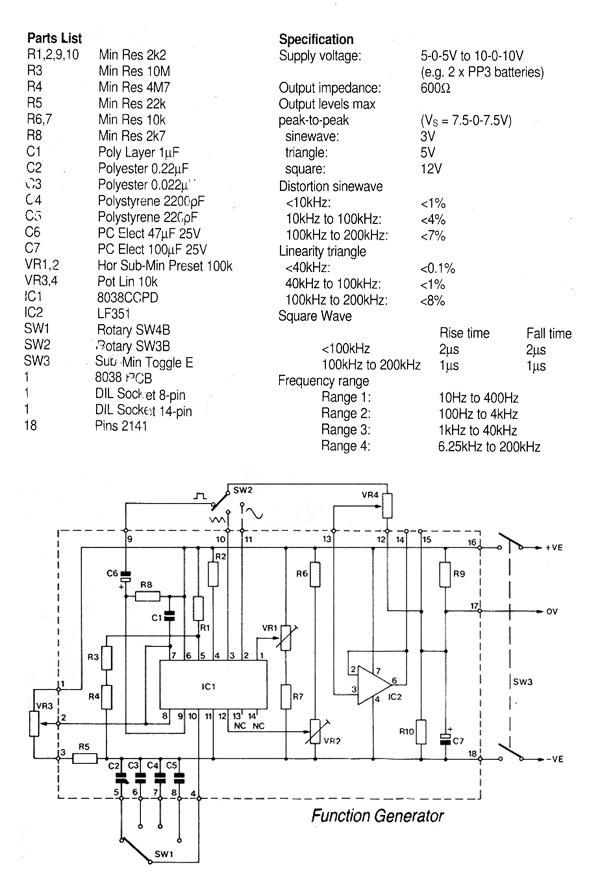
555 Stepper Pulse Generator
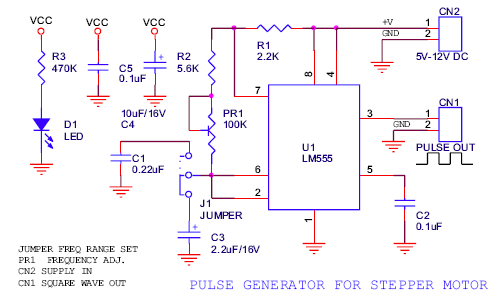
The 555 Stepper Pulse Generator kit provides the necessary pulse signals to drive various DC servo motor applications.
The 555 Stepper Pulse Generator is a versatile electronic circuit designed to generate precise pulse signals essential for controlling DC servo motors. This kit typically utilizes the 555 timer IC, which is renowned for its reliability and ease of use in generating timing and oscillation signals.
In operation, the 555 timer can be configured in astable or monostable mode, depending on the specific requirements of the servo motor control application. In astable mode, the circuit continuously produces a square wave output, which can be adjusted by varying the resistance and capacitance in the timing network. This square wave can directly drive the control input of a DC servo motor, allowing for speed and direction control by modifying the duty cycle of the output signal.
For applications requiring a single pulse to initiate movement, the monostable mode can be employed. In this configuration, the circuit generates a single output pulse of a specified duration when triggered, thus providing precise control over the motor's operation.
The kit typically includes essential components such as resistors, capacitors, a potentiometer for adjusting the pulse width or frequency, and the 555 timer IC itself. Additionally, a breadboard or PCB may be provided for easy assembly and testing.
When integrating the 555 Stepper Pulse Generator with a DC servo motor, attention must be given to the motor's specifications, including voltage and current ratings, to ensure compatibility. Proper heat dissipation measures and protective components, such as diodes for back EMF protection, should also be considered to enhance the reliability and longevity of the circuit.
Overall, the 555 Stepper Pulse Generator kit serves as an effective tool for hobbyists and engineers alike, facilitating the development of projects that require precise motor control.The 555 Stepper Pulse Generator kit will help you with the pulse required to drive your favorite DC Servo Motor application 🔗 External reference
The 555 Stepper Pulse Generator is a versatile electronic circuit designed to generate precise pulse signals essential for controlling DC servo motors. This kit typically utilizes the 555 timer IC, which is renowned for its reliability and ease of use in generating timing and oscillation signals.
In operation, the 555 timer can be configured in astable or monostable mode, depending on the specific requirements of the servo motor control application. In astable mode, the circuit continuously produces a square wave output, which can be adjusted by varying the resistance and capacitance in the timing network. This square wave can directly drive the control input of a DC servo motor, allowing for speed and direction control by modifying the duty cycle of the output signal.
For applications requiring a single pulse to initiate movement, the monostable mode can be employed. In this configuration, the circuit generates a single output pulse of a specified duration when triggered, thus providing precise control over the motor's operation.
The kit typically includes essential components such as resistors, capacitors, a potentiometer for adjusting the pulse width or frequency, and the 555 timer IC itself. Additionally, a breadboard or PCB may be provided for easy assembly and testing.
When integrating the 555 Stepper Pulse Generator with a DC servo motor, attention must be given to the motor's specifications, including voltage and current ratings, to ensure compatibility. Proper heat dissipation measures and protective components, such as diodes for back EMF protection, should also be considered to enhance the reliability and longevity of the circuit.
Overall, the 555 Stepper Pulse Generator kit serves as an effective tool for hobbyists and engineers alike, facilitating the development of projects that require precise motor control.The 555 Stepper Pulse Generator kit will help you with the pulse required to drive your favorite DC Servo Motor application 🔗 External reference
